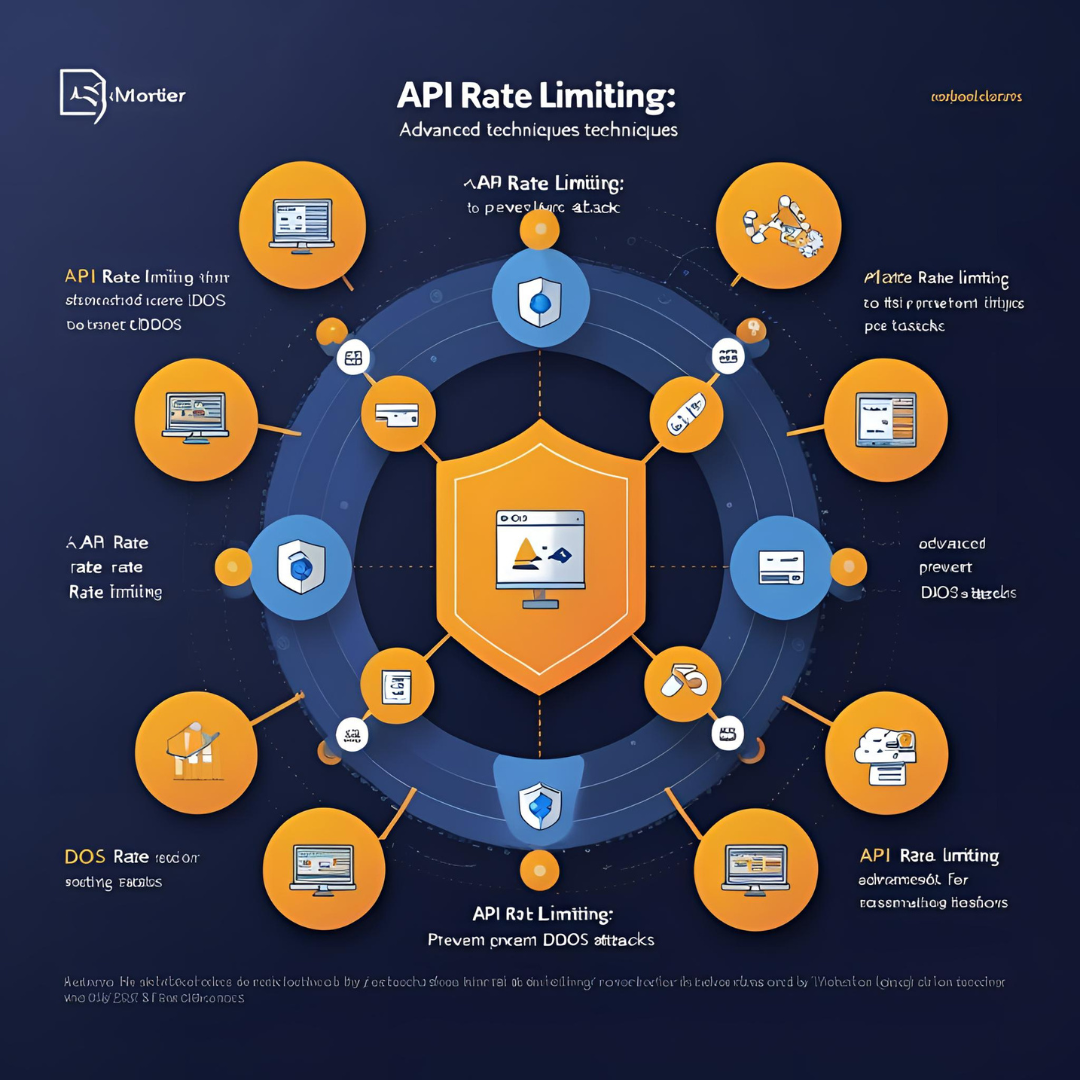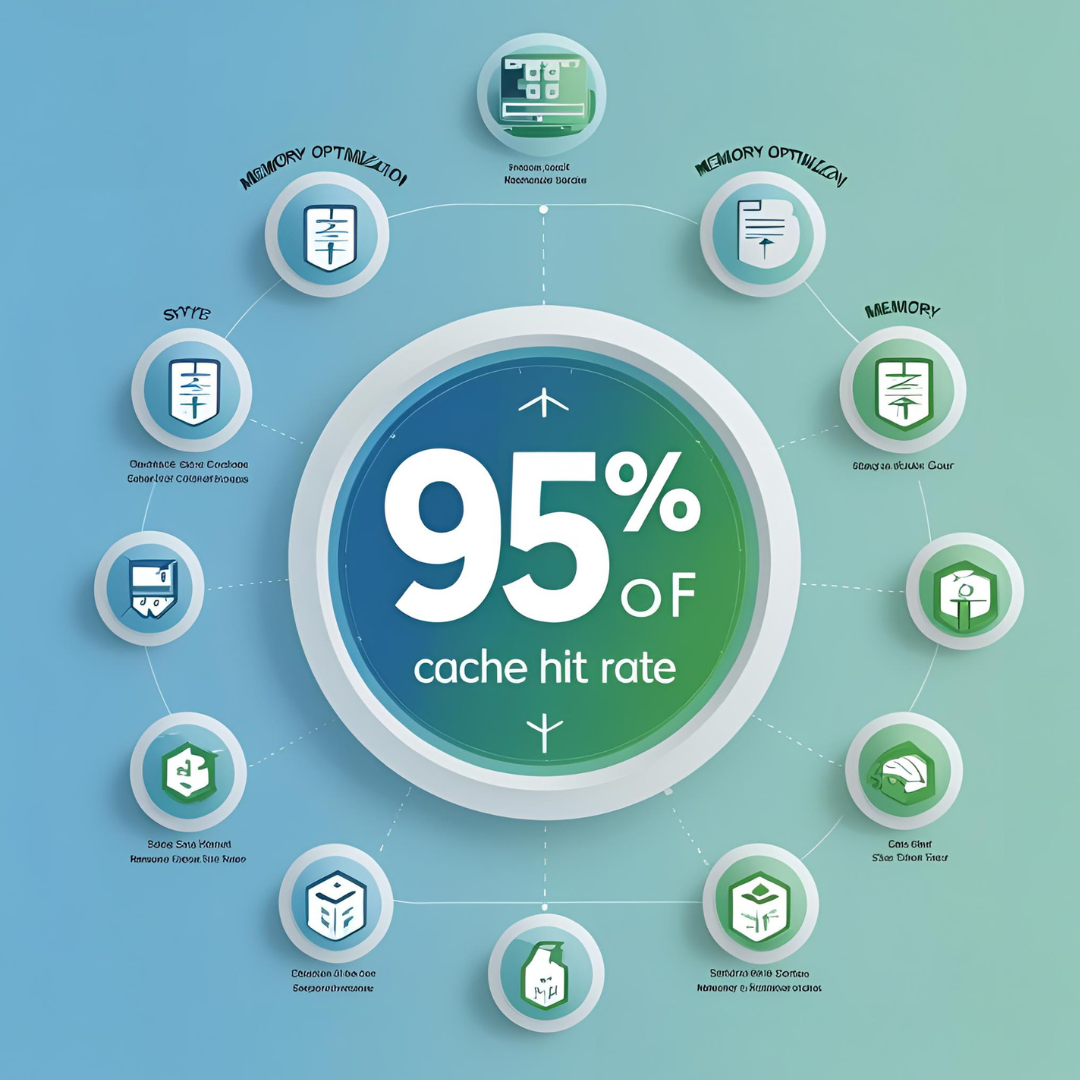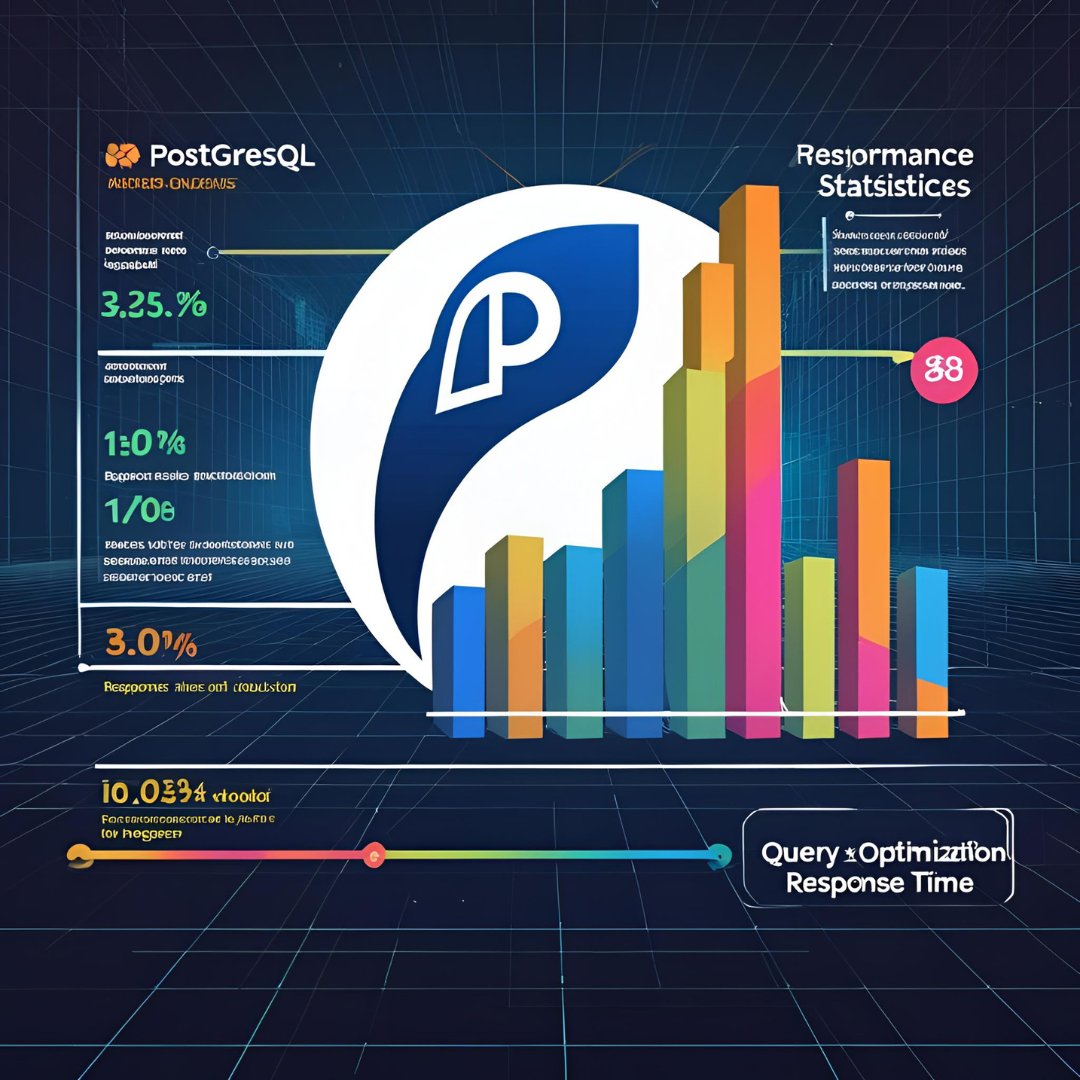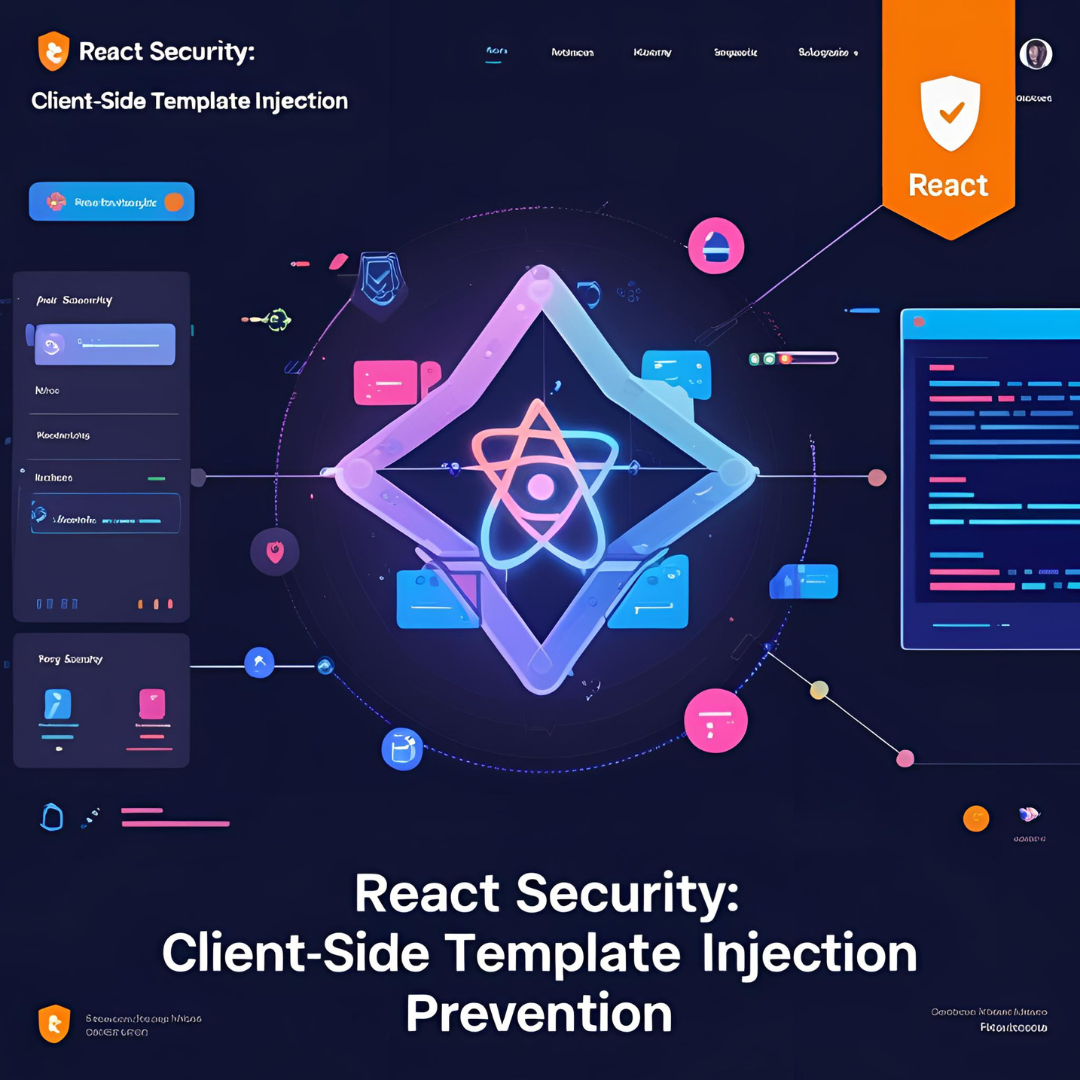Author: Rizqi Mulki
-

Secure Software Development Lifecycle (SSDLC): 2025 Framework Update
The cybersecurity landscape has undergone dramatic transformations in recent years, with AI-powered attacks, supply chain vulnerabilities, and cloud-native architectures fundamentally changing how we approach software security. As we navigate through 2025, organizations must evolve their Secure Software Development Lifecycle (SSDLC) frameworks to address emerging threats while maintaining development velocity and innovation capacity. This comprehensive update…
-

API Rate Limiting: Advanced Techniques to Prevent DDoS Attacks
In today’s interconnected digital landscape, APIs serve as the backbone of modern applications, facilitating seamless communication between services, mobile apps, and third-party integrations. However, this critical infrastructure faces constant threats from malicious actors attempting to overwhelm systems through Distributed Denial of Service (DDoS) attacks. API rate limiting emerges as a fundamental defense mechanism, but implementing…
-
ElasticSearch Index Optimization: 60% Search Speed Improvement
ElasticSearch is a powerful search engine, but achieving optimal performance requires strategic optimization. Through systematic index tuning and query optimization, we achieved a remarkable 60% improvement in search speed across our e-commerce platform. This post details the proven strategies and code implementations that delivered these results. The Performance Challenge Our product search system was handling…
-

Cassandra Performance Enhancement: 5x Write Throughput Increase
Apache Cassandra is renowned for its exceptional write performance, but even the best systems can be optimized further. Through careful tuning and strategic improvements, we achieved a remarkable 5x increase in write throughput in our production environment. This post shares the key strategies and configurations that made this dramatic improvement possible. The Challenge Our e-commerce…
-

Oracle Database Tuning: 80% I/O Reduction Through Partitioning
In the world of enterprise database management, I/O bottlenecks are often the primary culprit behind sluggish query performance. After years of optimizing Oracle databases across various industries, I’ve consistently found that strategic partitioning can deliver dramatic performance improvements—sometimes reducing I/O operations by up to 80%. This article explores proven partitioning strategies that can transform your…
-

Redis Caching Strategy: 95% Cache Hit Rate Achievement with Memory Optimization
In today’s high-performance applications, caching isn’t just about speed—it’s about achieving the perfect balance between cache hit rates and memory efficiency. A well-architected Redis caching strategy can deliver 95%+ cache hit rates while maintaining optimal memory utilization, dramatically reducing database load and improving application responsiveness. This comprehensive guide explores proven strategies for implementing high-performance Redis…
-

MongoDB Aggregation Pipeline Optimization: 75% Latency Improvement
MongoDB’s aggregation pipeline is a powerful tool for data processing and analytics, but poorly optimized pipelines can become performance bottlenecks that cripple application responsiveness. Through strategic optimization techniques, it’s possible to achieve dramatic latency improvements—often reducing execution time by 75% or more. This guide explores proven strategies for optimizing MongoDB aggregation pipelines, backed by real-world…
-

MySQL Performance Boost: 10x Faster Join Operations Through Query Rewriting
Database performance is often the make-or-break factor for application scalability. While hardware upgrades provide temporary relief, the real game-changer lies in optimizing your SQL queries—particularly join operations, which are frequently the bottleneck in complex database operations. In this comprehensive guide, we’ll explore proven query rewriting techniques that can deliver up to 10x performance improvements for…
-

Achieving 90% Query Response Time Reduction with PostgreSQL Index Optimization
Database performance optimization is one of the most impactful ways to improve application responsiveness and user experience. In our recent optimization project, we achieved a remarkable 90% reduction in query response times through strategic PostgreSQL index optimization. This blog post shares the techniques, strategies, and real-world examples that led to these dramatic performance improvements. The…
-

React Security: Client-Side Template Injection Prevention
React has revolutionized frontend development by providing a robust framework for building dynamic user interfaces. However, with great power comes great responsibility, and React applications are not immune to security vulnerabilities. One of the most critical security concerns in React applications is Client-Side Template Injection (CSTI), a vulnerability that can lead to Cross-Site Scripting (XSS)…
